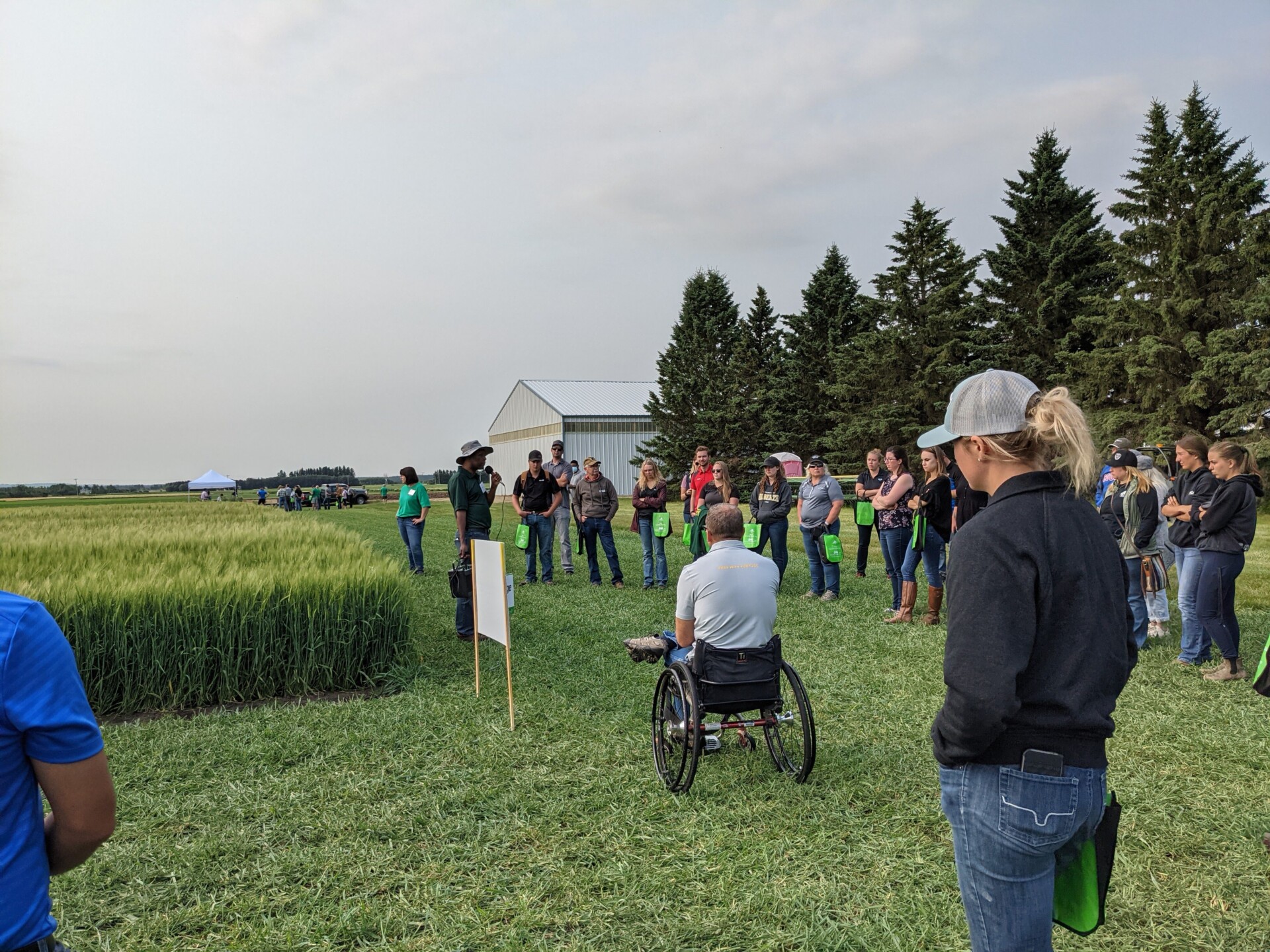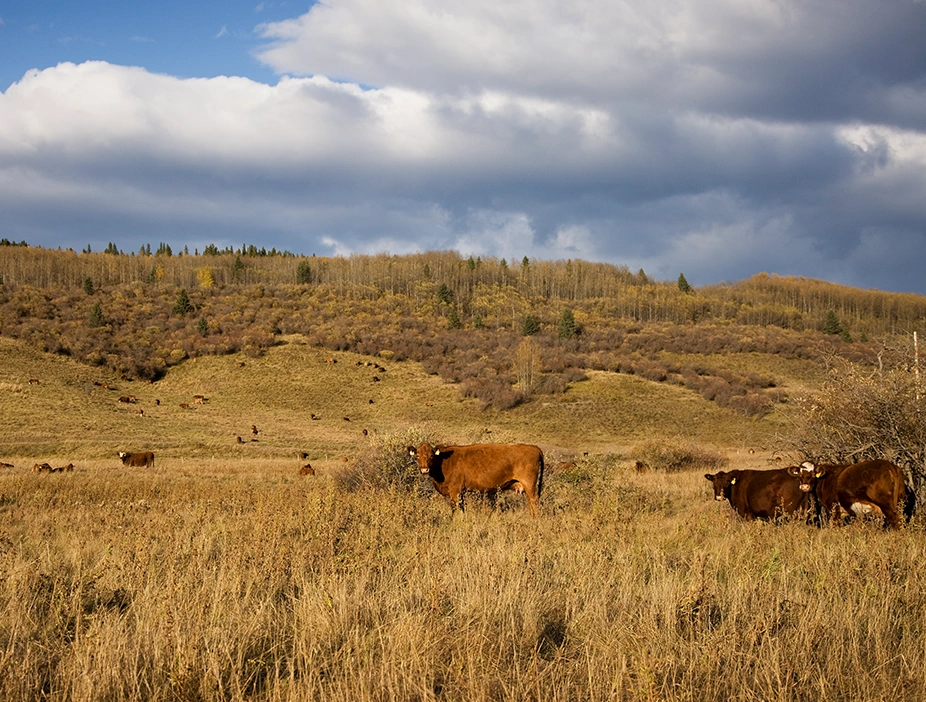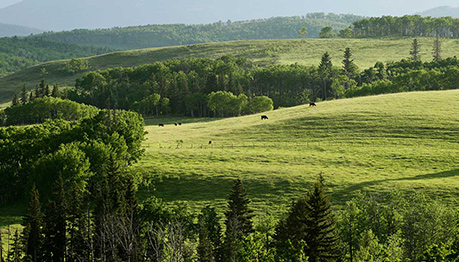Effect of feeding distillers grains on health in the feedlot
Increased usage of DDGS in beef cattle diets has arisen from the rising costs of traditional feedstuffs. When wheat or corn are fermented and distilled, the starch is converted to alcohol. The fat, protein, and fiber from the grain are concentrated in the DDGS by-product, resulting in higher levels of those nutrients than the parent grains.
Completed: 2012
Economic impacts of livestock production in Canada
The purpose of the study completed by Dr. Kulshreshtha et al. is to update the overarching multiplier, as well as look at other important multipliers which show how the Canadian cattle industry contributes to the overall economy in Canada.
Completed: 2012
Forage variety yield and quality differences
Each of Alberta’s crop zones has agronomic and forage yield information for grasses and legume varieties. Grain yield data (but not forage yield data) is also reported for cereals, pulses, and oilseeds. Cattle producers making forage variety choices need more information.
Completed: 2011
Controlling foxtail barley in saline pastures, hayfields, and other areas
Foxtail barley is a major weed across many regions of Canada, causing detrimental effects to both crop and livestock production. Foxtail barley invades bare areas, caused by disturbances or saline soils. Although the shallow root system makes it easily controllable with tillage, areas such as pastures, hayfields and reduced-tillage cropland are more susceptible to foxtail barley infestations.
Started: 2007 | Completed: 2011
Effects of the Galanin Gene on ADG and fat deposition
The objective of this study was to determine the effect of a mutation in the galanin gene on average daily gain and fat deposition in cattle during backgrounding and finishing, as well as any effects on carcass fat traits.
Completed: 2011
Development of a biological control program for common tansy
Previous research showed that there are potential biological control agents for common tansy. Several European insects were collected, identified and subjected to studies to test how well they controlled common tansy. These tests also examined how likely the insects were to consume only common tansy as compared to other related plants.
Completed: 2011
Novel vaccination strategies for bovine viral diarrhea virus
Current BVD vaccines exist in either a modified live or killed form. While modified live vaccines are generally effective, they are not safe for use in and around pregnant cows. Killed vaccines are safe for all classes of animals, but have lower effectiveness in terms of inducing cell-mediated and long-term immunity.
Completed: 2011
Trying to prevent Mycoplasma
Mycoplasma bovis has become a significant bacterial pathogen in commercial feedlots over the past decade or so. Since Mycoplasma bacteria lack a cell wall, antibiotics (which disturb bacterial cell walls) are not very effective for treating cattle infected with these bacteria.
Completed: 2010
Factors affecting the fed cattle basis
Basis influences feedlot profitability. The “fed cattle basis” is the difference between the prices that U.S. and Canadian packing plants pay for fat cattle, adjusted for exchange rate. In a normal market, basis reflects transportation costs and differences in supply and demand between Canadian and U.S. markets.
Completed: 2010
Identifying efficient cattle using infrared technology
This project examined the relationship between infrared thermographic images (IRT) and residual feed intake (RFI) in cows and feedlot cattle to determine whether IRT could be used as a lower cost method to identify and rank animals with improved feed efficiency.
Completed: 2010
Showing 97-108 of 118



